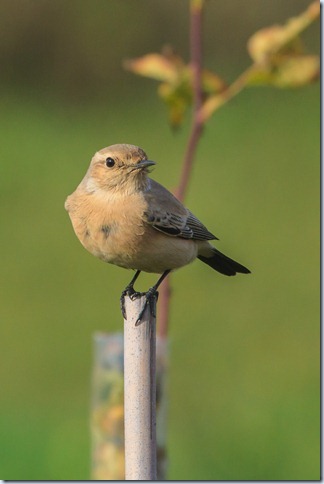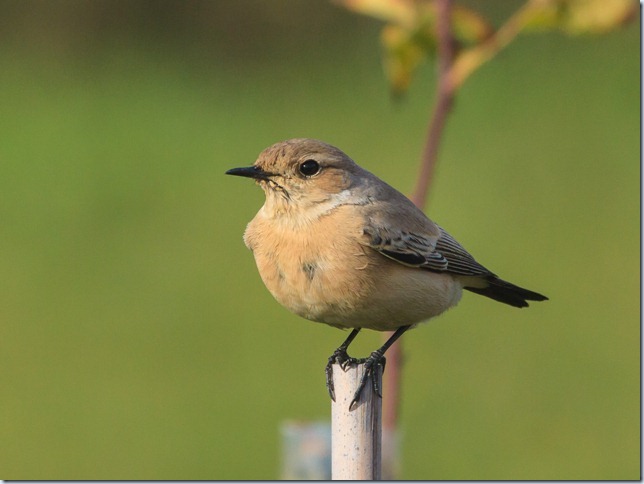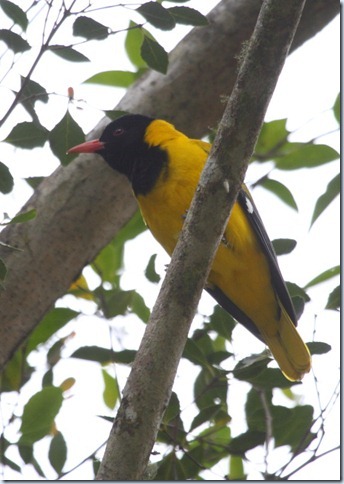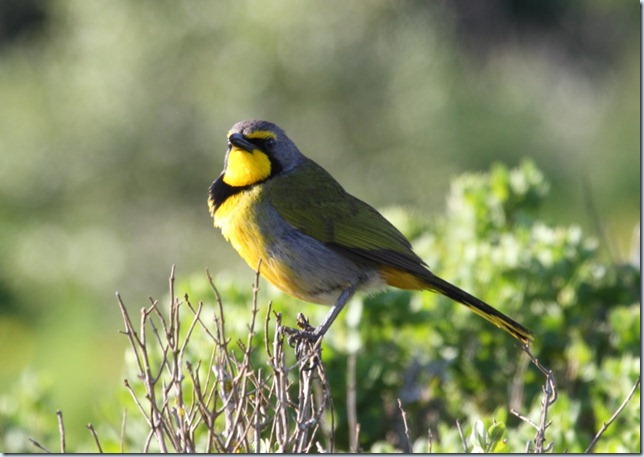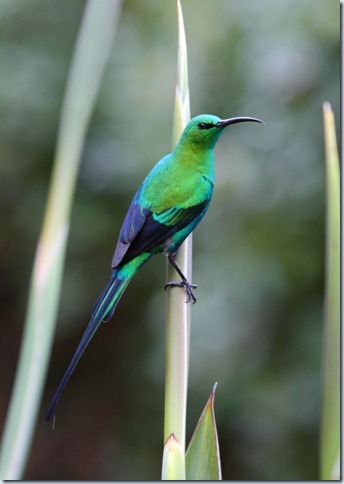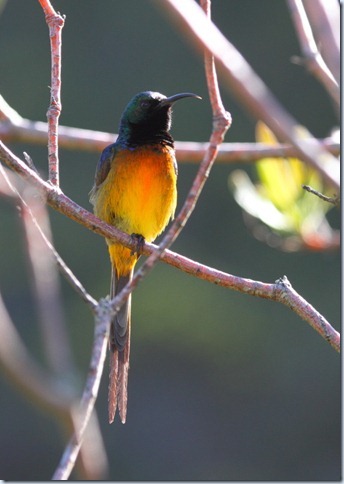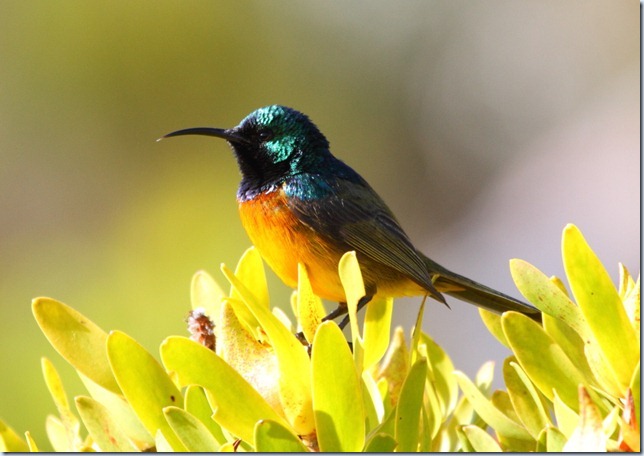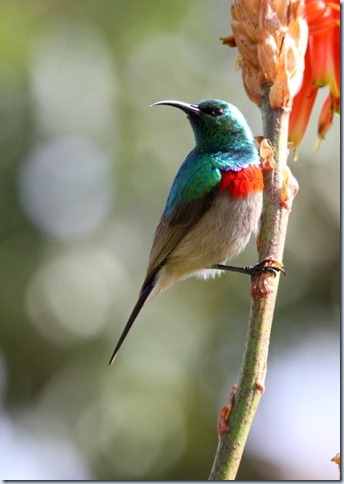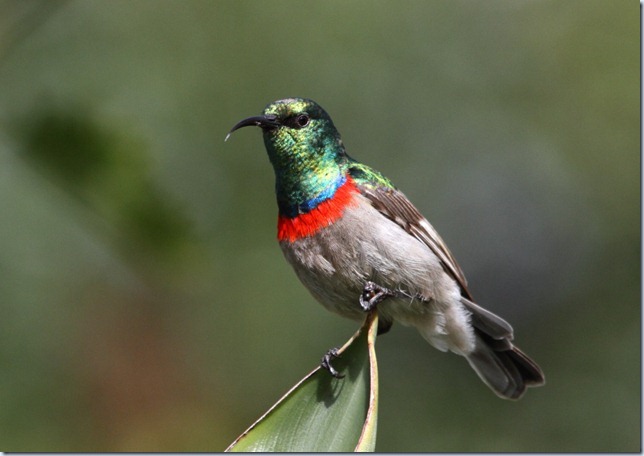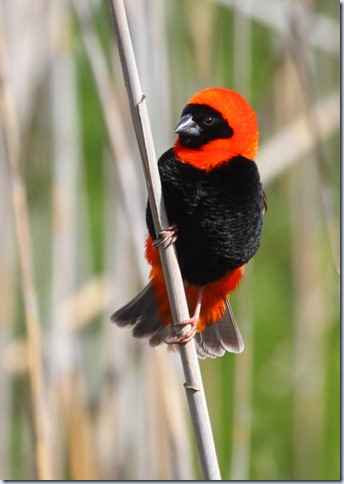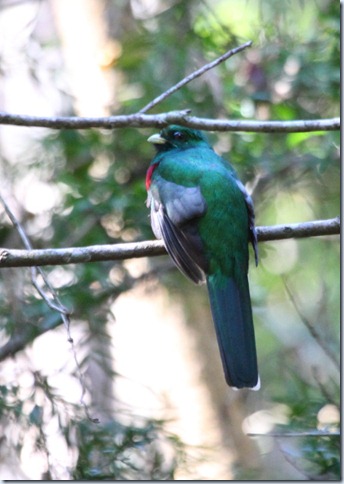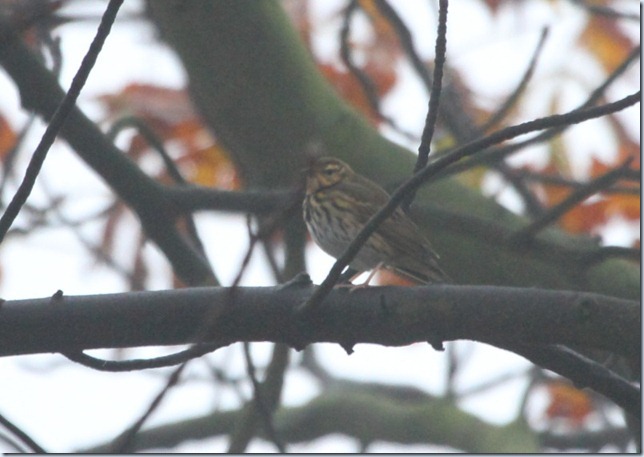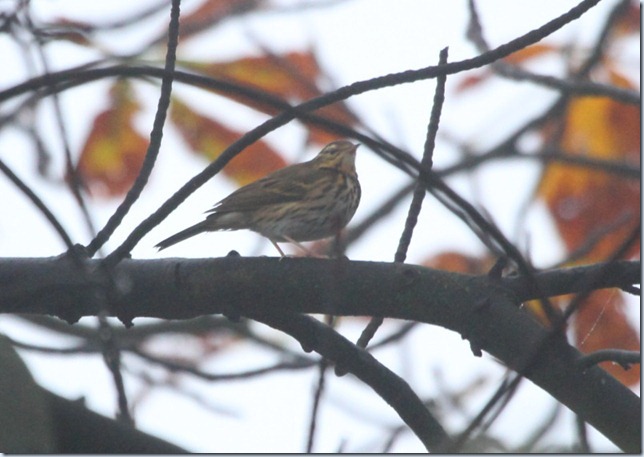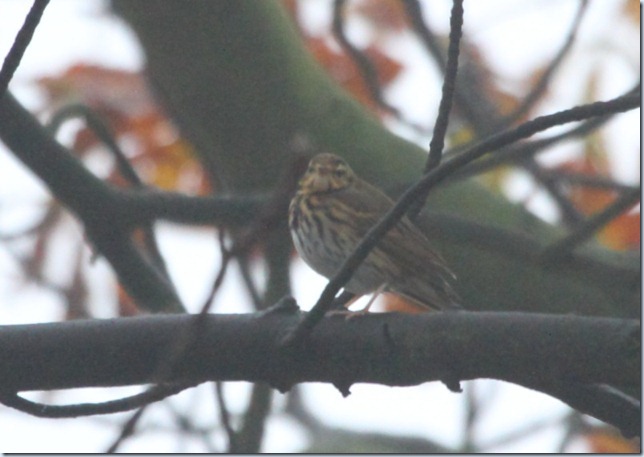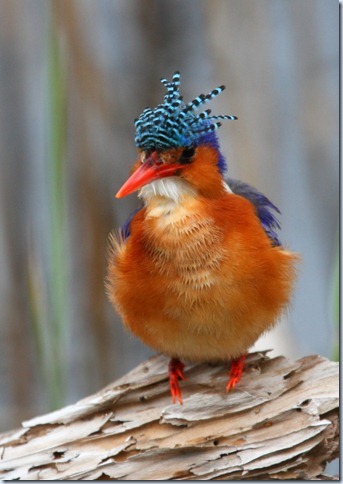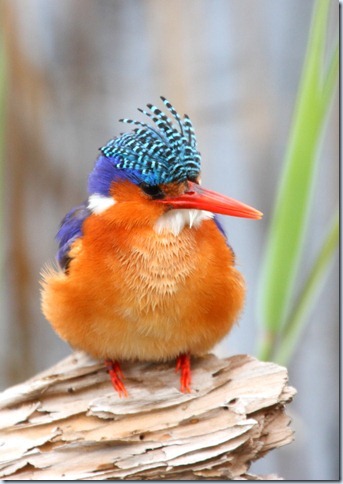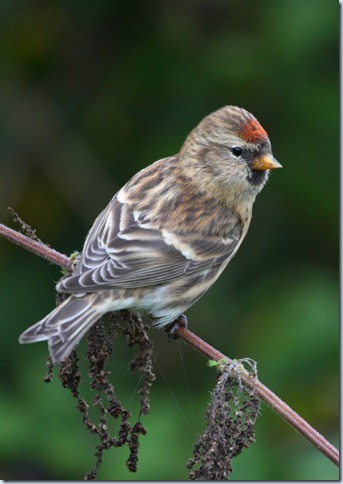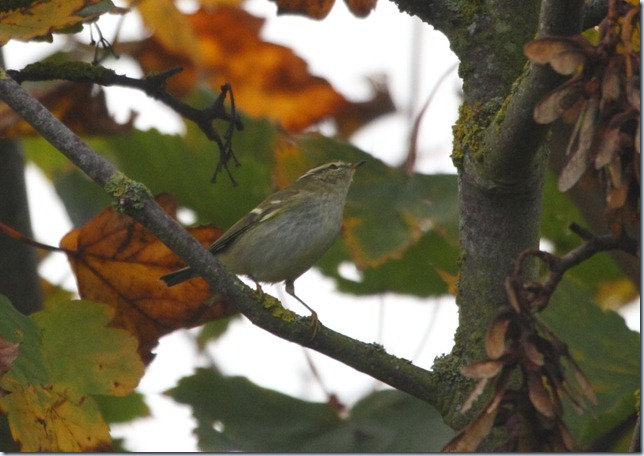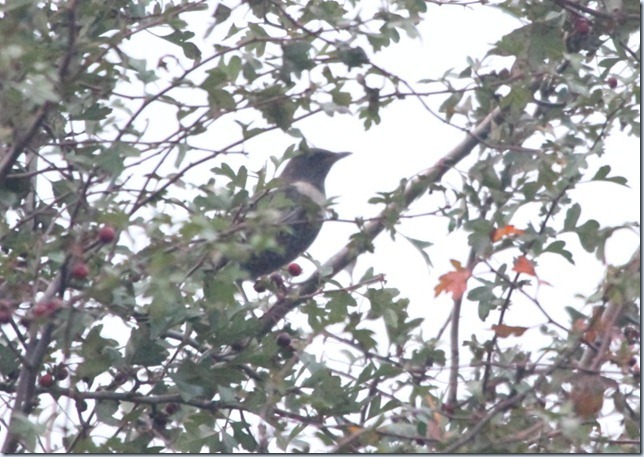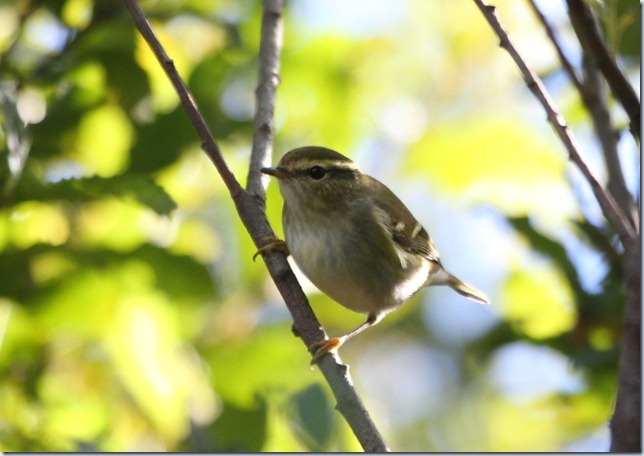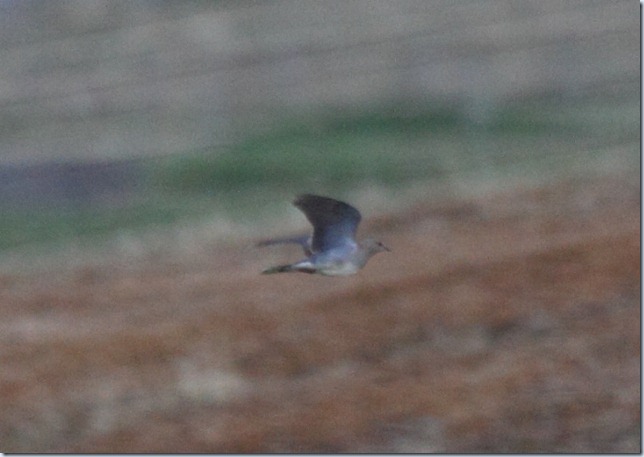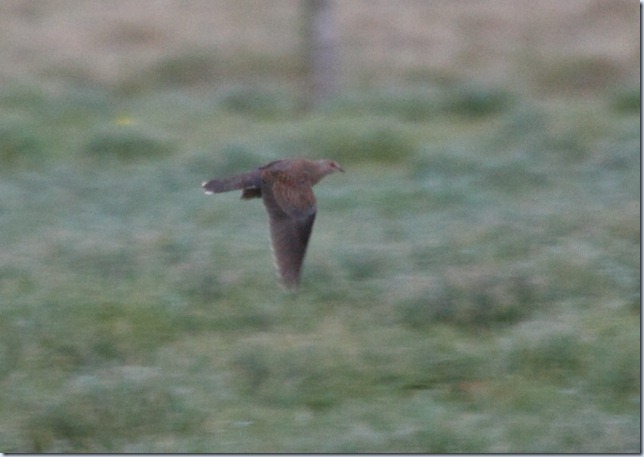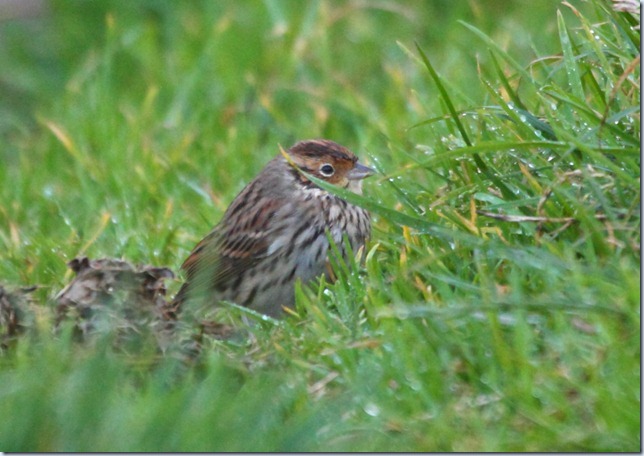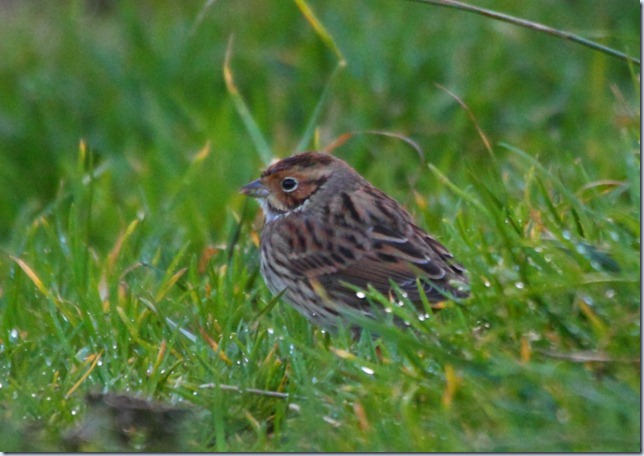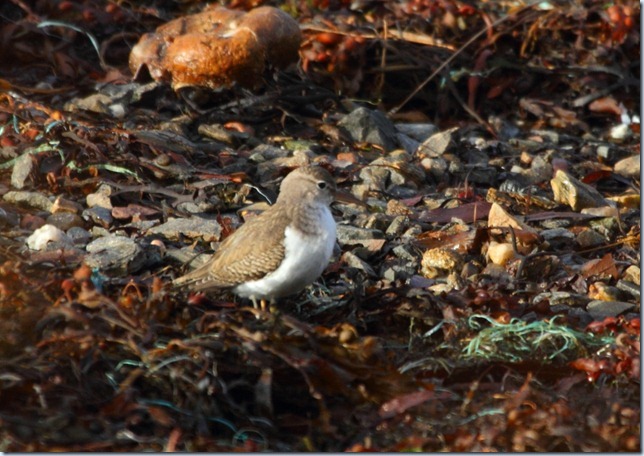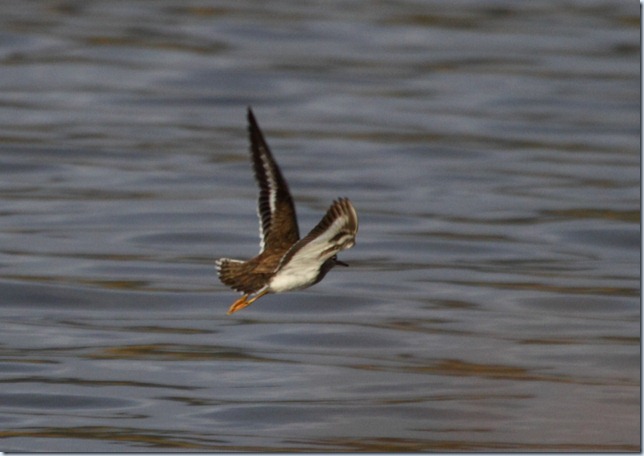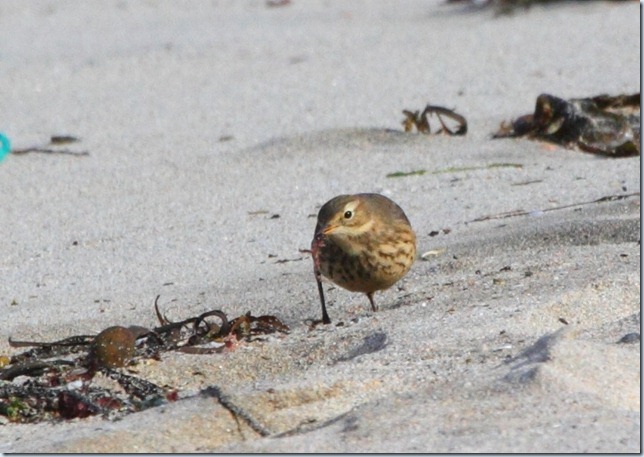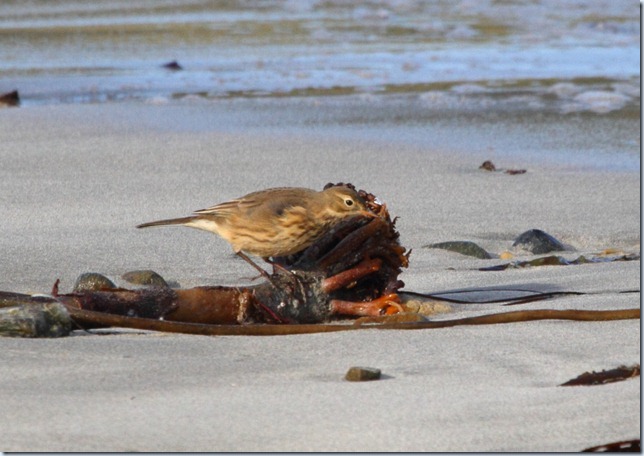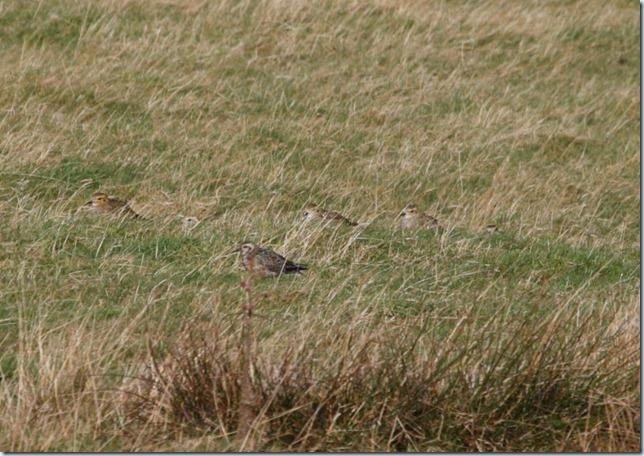Still having a great time up here, though somewhat lacking in new birds and the excitement that comes with seeking them out. Today, in particular, has been pretty hard work in strong westerlies and increasingly heavy driving rain showers through the afternoon. But tomorrow is due to be brighter and calmer, so hopefully some new bits and bobs will come out of the woodwork and get pinned down. There’s still plenty of potential!
Back on Tuesday, we started off at Kergord – it always feels really rare in there to me, but this time we couldn’t even manage a paltry Yellow-browed Warbler. A Pied Fly was a nice find, but after this the notebook swiftly degenerates to Chaffinch and Robin (both the first of the trip), Bramblings and a Song Thrush! Not exactly mega…
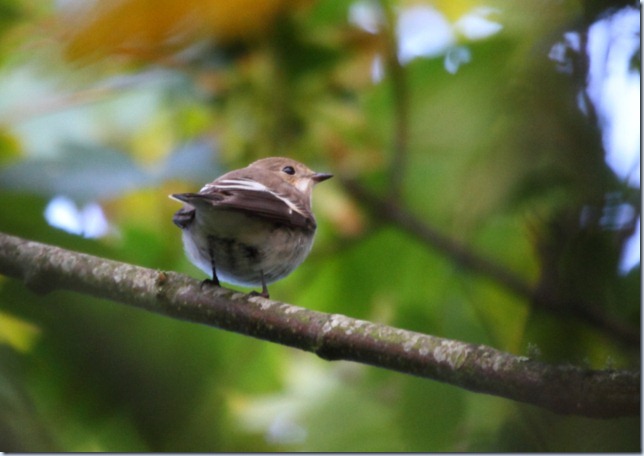
Heading west in a rain shower, we decided to check out a couple of ‘green bits’ on the map at Sand, SW of Bixter. The 'Gairdins i Sand’ are a cracking little area of bushes and small trees, protected by dense conifer shelter belts along the roadside. Some persistent pishing in an area of willows produced a showy Yellow-browed, and at least one Common Redpoll was mixed in with Twite.
While birding here, we go a heads-up message that the American Golden Plover was back at Veensgarth. Now recent visitors may recall that I closed the previous post with a mystery Goldie, also photographed at Veensgarth the previous day. Everyone that responded gave the same wrong answer: an American Golden Plover. Paul and I had been watching this bird for around 45 minutes, trying to talk ourselves into it being an AGP (though clearly not the original bird), before it did the decent thing and had a massive wing-stretch to reveal gleaming white underwings and confirm the ID as a standard European Golden Plover. Just goes to show how variable these birds are, and how easy it is to find a ‘different’ bird that shows some of the right features.
Anyway, back to Tuesday: the real AGP was present when we arrived, and showed pretty well with a small flock of its European relatives. A smart bird!
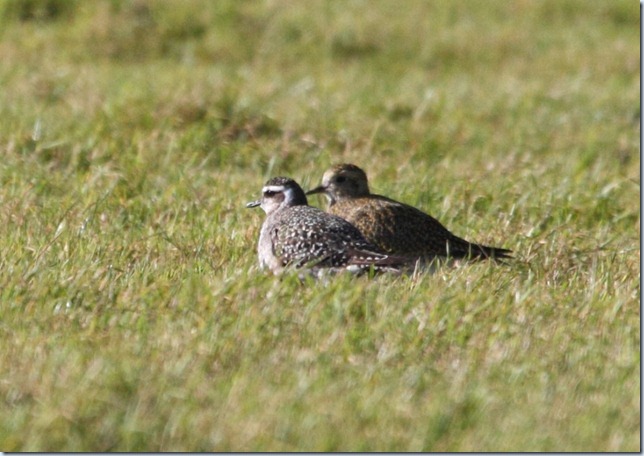
The Prof was struggling to stay awake through all this excitement and wanted to seek out a coffee in Scalloway. While he did this, I dived into a favourite patch of sycamores and willows, and promptly emerged with another Yellow-browed Warbler in the bag. Very nice, but please can one of them be a different phyllosc one of these days?
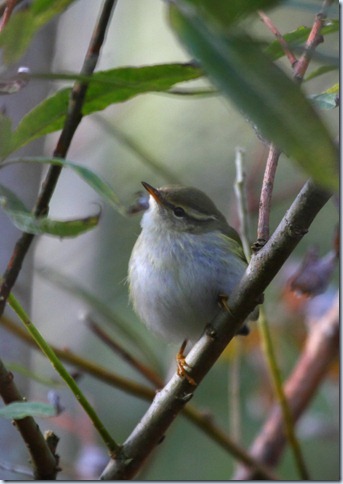
Again based on positive news on the grapevine, we headed south to have another go at the Siberian Stonechat in Hoswick. This time, I practically walked into the bird as it perched in a sheltered spot behind some houses, and after a while out of view, it returned to the same spot and briefly posed for photos. Only my second in the UK, these have been pretty rare in the country since they were split as a full species, so I was pleased to connect.
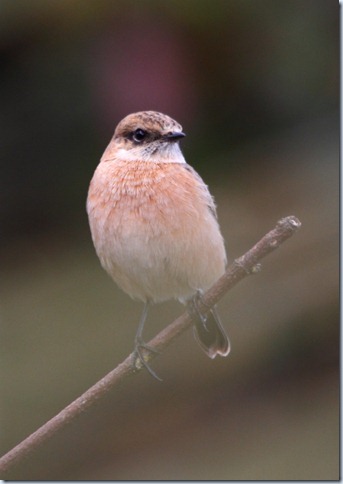
Finally, to end a pretty good day, we met up with the other London guys over at Sandwick where they’d just relocated a Red-backed Shrike. Good stuff!
Wednesday brought a brief change in the weather, with Shetland positioned in the centre of a low pressure system and consequently getting calm conditions for a while and even a hint of east in the wind. Paul and I made an early start to get down south for dawn, starting off at Sumburgh Head. A Spotted Flycatcher showed well around the lighthouse buildings, a few Song Thrushes were tsip-ping around on the eastern cliffs, and a handful of Meadow Pipits were setting off south out to sea… but on the whole, there wasn’t a huge amount happening.
We finally got lucky with the Invisibelline Shrike near the play area in Hestingott, before spending some time (now in deteriorating weather) around Boddam, checking out part of a large Golden Plover flock. There were a bare minimum of 1200 birds in the area, though typically they spent much time high in the air circling around above us, and when they did land, many weren’t visible from a sensible viewpoint. We also had a single Black-tailed Godwit here, and a Lesser Whitethroat in a garden.
Heading north slowly, further Yellow-browed Warblers were detected at Netherton and Channerwick, with a Tree Pipit also at the latter site, showing fairly well. With the afternoon getting windier and windier, our final destination was Wester Quarff. Although this didn’t provide as much shelter as we’d hope, fate dealt us an ace when a small bird popped out of the edge of a plantation onto a wire fence. “Flycatcher” we both exclaimed together, before I got a good view of it flicking back into the trees revealing a striking black and white tail pattern: “It’s a Red-breasted!”. This was a bird I’ve wanted to find for ages, given that I’ve seen plenty on the east coast, and always enjoyed their charm and often confiding nature – so I was absolutely delighted with this piece of good fortune. Perhaps just reward for continuing to plug away in the rain and wind that afternoon?!
Although the bird was very elusive in the wind, and never really sat still in view for more than a second or so, a number of other birders got to see it before dark. Other birds noted on site included a predictable Yellow-browed Warbler, and 5 Swallows, one of which was briefly chased by a female Merlin!
Today has been even windier, and we’ve seen considerably less in the way of birds. We headed over to Bressay (an island tick for me) to explore some new sites. Our first stop was the rather remote plantation at Gorie on the east side of the island. After a mile or so walking in over the moor, we arrived to find the Barred Warbler still present and showing unusually well – that’s two of these in a few weeks, what’s going on?!
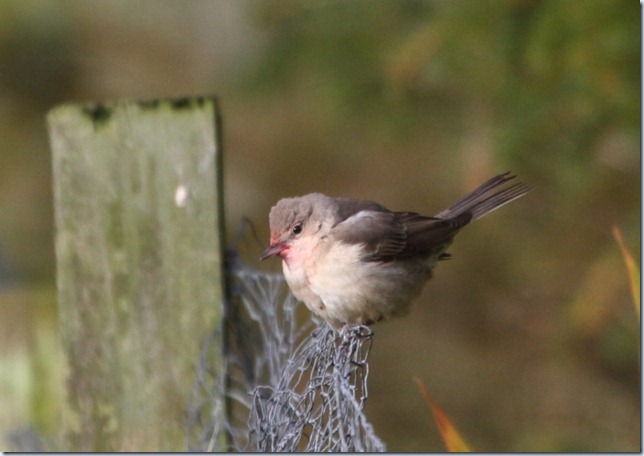
Judging by the staining around the base of the bill and the absence of any other birders, it’s presumably eaten them all… or else we failed to notice a patch of elders somewhere nearby! The same little patch also held 3 Blackcaps, a couple of Chaffinch and a Chiffchaff.
Elsewhere around the island, we managed to uncover a smart silvery abietinus Chiffchaff, our first Redstart of the trip, a couple of Bar-tailed Godwits, and an unprecedented 8 Woodpigeons! Rock and roll…
Hopefully tomorrow will dawn calmer, and someone will stumble across the ‘big bird’ that everyone’s hoping for!
